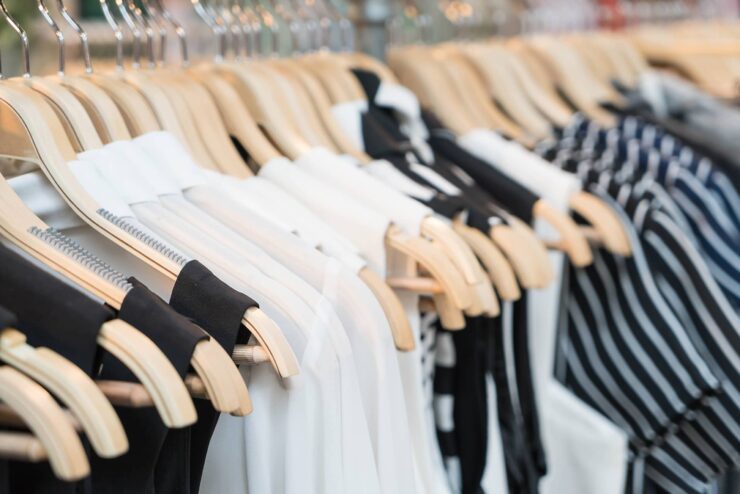
Can Luxury be Sustainable?
Fashion adds so much to the world. The industry gives us style, excitement, a medium for personal expression. The clothes we wear can make us feel beautiful or powerful or unique. But not all that the fashion industry contributes is good. Sadly, the fashion industry also produces an incredible amount of waste and pollution into the world. Together with the luxury vehicle sector, it is one of the largest global polluters.
The Ellen Macarthur Foundation reported that the industry’s carbon footprint is higher than all intercontinental flights and maritime shipping altogether. Plus, the use of chemicals in production harms the local ecosystem and garment manufacturers.
According to the World Wildlife Foundation, producing a single cotton t-shirt may need up to 2,700 liters of water, which accounts for two and a half years of drinking water. Alone, the cotton industry amounts to 16% of the world’s pesticide consumption.
As the world slowed last year, due to the global pandemic, and the fashion industry was jerked to a halt, the industry was finally quiet enough to hear the loud wake-up call that there must be significant changes to the industry if we want to survive. Likewise, consumers who have been hooked on the fast paced, constant need for newness and the feeling that they always needed another hit, finally paused, took a breath and possibly gained a new perspective. We all had to stop cold turkey. After the comedown, we collectively realized, it turns out, that one pair of shoes….
There must be a massive shift of values and systematic change within the fashion industry. There is some hope amongst insiders that this pandemic could help be the catalyst for this necessary change. The pandemic exposed the flaws of production and distribution practices. When everything returns to “normal,” hopefully what we’ve learned will not be lost. The industry and the consumer will not fall back into old habits, just because the pattern is so comfortable to us. We will rise to challenge previous frivolity models and cheap luxury and create a new model for the future.
Why Sustainable Fashion Matters
As consumers, we are strong trend-setters. That means our purchase decisions directly impact the market fluctuations and a collateral effect on the environment. So, what can we do to make well-informed choices to contribute to a better, more resilient world?
Get curious.
What if we start making those decisions based on what is better for humans and the planet instead?
Have you ever wondered how that glamourous outfit was produced and delivered?
What’s behind the material source or the manufacturing at play?
See, the end product has been orchestrated in a way that’s not transparent to us in most cases. And the word “sustainability” printed in a tag no longer buy our trust.
So what does it?
Today, sophisticated consumers are savvier than ever. Quality and glamour are not only determined by a well-known brand or a chic look but also the entire supply chain, including the garment’s afterlife. In other words, the conscious consumer will be choosing products that have been created under fair trade and cruelty-free, last longer, and use more natural resources.
According to Nielsen’s 2015 Global Corporate Sustainability Report, 66% of consumers favored sustainable brands even if that meant higher prices. The era of consumers’ awareness is here, and sustainability is not just a buzz word.
